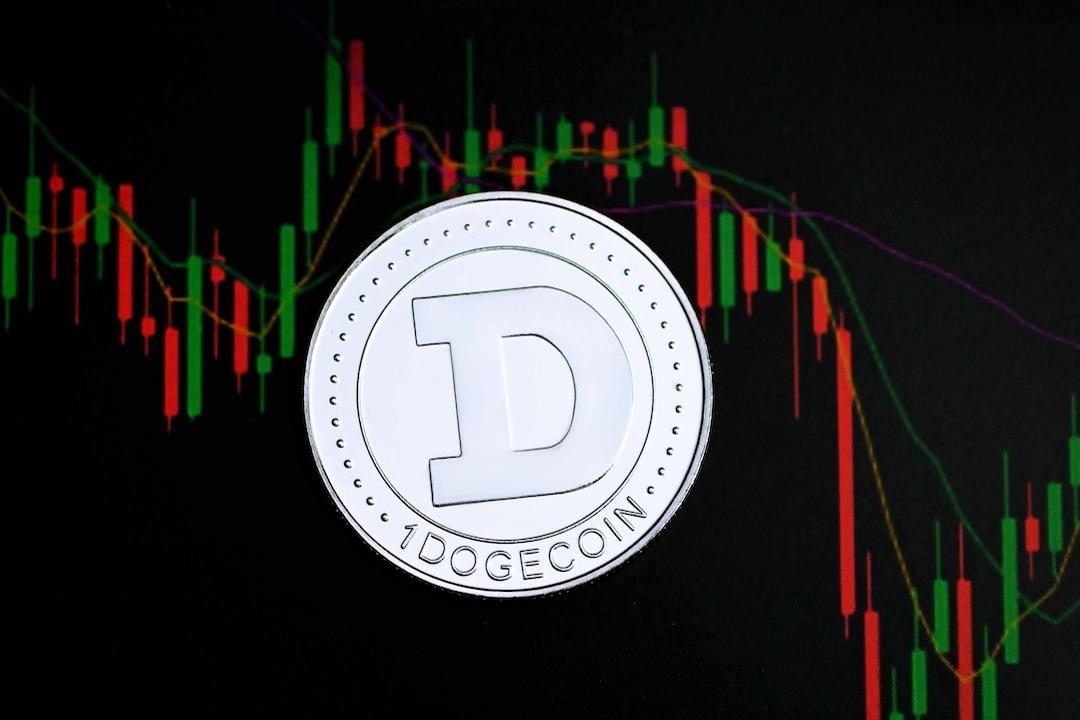The US Department of Commerce released data showing that the core personal consumption expenditures (PCE) index increased by 2.8% year-on-year in October, reaching a six-month high. This indicates that the process of cooling inflation has stalled, which may affect the pace of interest rate cuts by the Federal Reserve in December. However, this data contradicts the performance of the labor market, as the number of continuing unemployment claims reached a three-year high, adding to the possibility of further interest rate cuts.
The Department of Commerce announced on the evening of the 27th that the October personal consumption expenditures (PCE) index increased by 2.3% year-on-year, in line with market expectations and slightly higher than the previous value of 2.1%. The month-on-month increase was 0.2%, the same as the previous value, also meeting market expectations.
However, the core PCE price index, excluding energy and food, increased by 2.8% year-on-year, the largest increase since April of this year, slightly higher than the previous value of 2.7%. Although it still meets market expectations, this data indicates that the process of cooling inflation in the United States has stalled, providing a basis for the Federal Reserve’s decision not to rush to cut interest rates in December.
The rise in service prices drives the increase in core PCE
The rise in the core PCE index is mainly driven by the increase in service prices. The data shows that in October, the monthly increase in core service prices reached 0.4%, the largest increase since March of this year. This growth reflects the surge in investment management fees, which is in line with the recent rise in the stock market.
Other data released on the same day also showed economic vitality: personal spending in October increased by 0.4% month-on-month; the initial annualized quarterly GDP for the third quarter of the United States reached 2.8%, indicating that household and corporate spending remains resilient.
These data support the recent remarks of many Federal Reserve officials, which state that as long as the labor market remains healthy and the economy continues to grow steadily, there is no rush to cut interest rates.
On the evening of the 26th, the Federal Reserve released the minutes of the November FOMC meeting, emphasizing a cautious approach to interest rate cuts, and stating that the pace of interest rate cuts may slow down or even pause if inflation data does not meet expectations.
Regarding the outlook for monetary policy, participants at the meeting expected that if the data aligns with expectations, it would be appropriate to gradually transition to a more neutral policy if inflation continues to decline to 2% and the economy remains close to maximum employment levels.
Continued unemployment claims reach a three-year high
However, one data point in the labor market provides a reason for interest rate cuts. In the past seven days ending on November 23rd, continued unemployment claims increased by 9,000 to reach 1.907 million, reaching a three-year high. This indicates that many unemployed individuals may face long-term unemployment challenges, reinforcing the view that it is more difficult for the unemployed to find jobs compared to the period of high inflation in previous years, and increasing the possibility of further interest rate cuts by the Federal Reserve in December.
In addition, the number of initial jobless claims decreased by 2,000 to 213,000, lower than the market’s expected 216,000, and lower than the previous week’s 215,000 (revised from 213,000). This suggests that although companies are not actively hiring, their willingness to lay off employees is also low, as they prefer to retain their staff. This helps support stable economic growth in the United States and prevents a recession.
Based on recent economic data, although there is still pressure on core inflation, the labor market has shown resilience, and consumer spending continues to support economic growth. The US economy may be approaching a “soft landing.”
Economists are paying attention to Black Friday sales
In the future, economists will closely monitor the sales data from “Black Friday” to assess consumer momentum. Retail giants such as Target, Best Buy, and Walmart have extended their holiday promotional activities to attract discount-seeking consumers.
However, some analysts point out that many consumers rely on credit cards and loans, and there are signs of increasing delinquency rates among young and low-income groups, reflecting increased financial pressure.
FedWatch: Probability of interest rate cut in December rises to 68%
After the economic data was released on Wednesday, the latest data from the CME Group’s FedWatch tool showed a slight increase in market expectations for a 1 basis point interest rate cut in December, rising from around 66.6% yesterday to the current 68.2%, with the probability of pausing interest rate cuts being only 31.8%.
Market participants and institutions also predict that the Federal Reserve will slow down the pace of interest rate cuts next year. Nomura Securities’ latest forecast indicates that the Federal Reserve will pause interest rate cuts at the December rate meeting and only cut rates by 1 basis point in March and June of 2025. Lin Qichao, Chief Economist at Cathay United Bank, stated last week that the Federal Reserve will still cut interest rates by 1 basis point in December this year, and then cut rates by 1 basis point each in March and June next year. Matthew Luzzetti, Chief Economist at Deutsche Bank, predicts that the Federal Reserve will make its final interest rate cut of 1 basis point in December this year and then may pause interest rate cuts for the entire next year.


